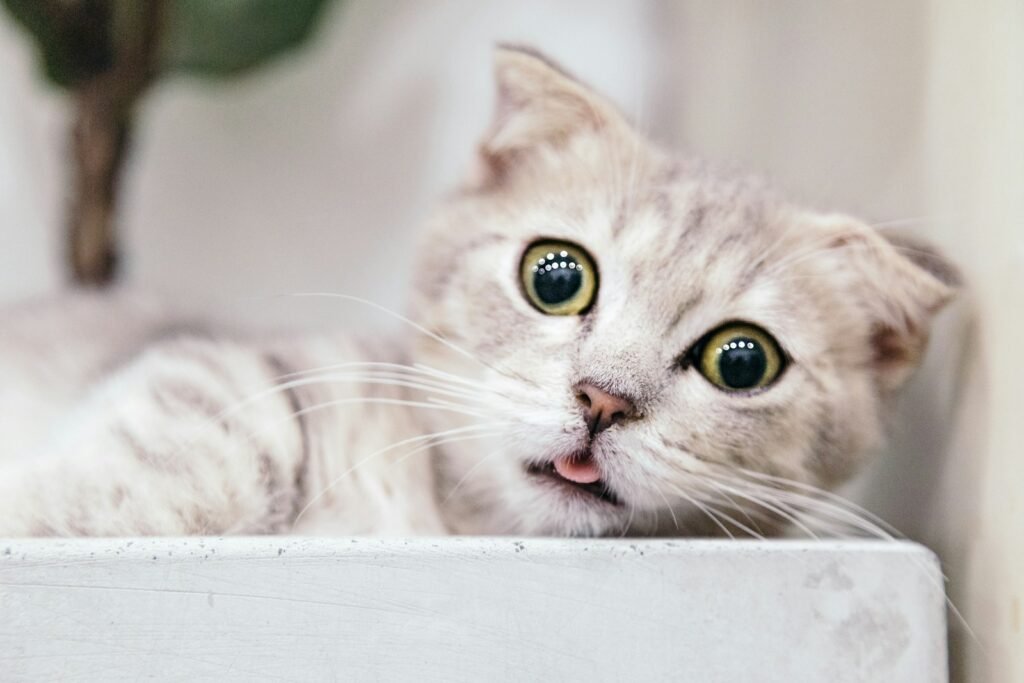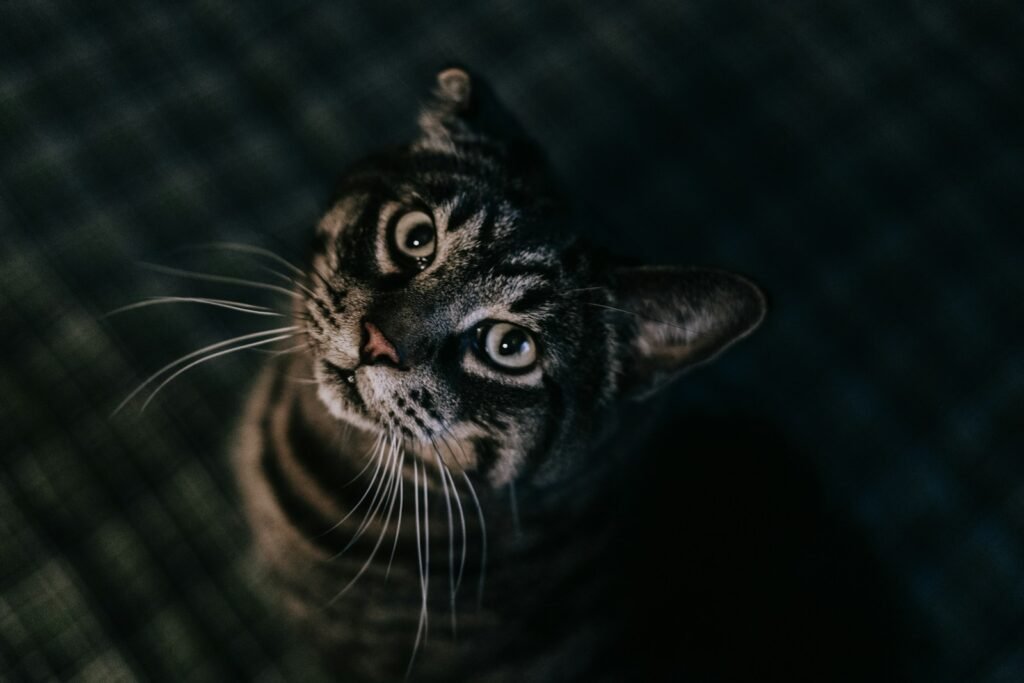Have you ever wondered what goes on in the mysterious mind of a cat? These enigmatic creatures, often perceived as aloof and independent, actually develop deep emotional habits once they feel secure in their environment. If you’re a cat enthusiast, you might be surprised to learn just how emotionally complex your feline friend can be. Let’s delve into the fascinating world of cats and explore the emotional habits they develop when they feel safe and loved.
Purring with Contentment

Purring is perhaps the most well-known sound that cats make, and it’s often associated with happiness and comfort. When a cat feels safe, it will purr to express its contentment. This soothing sound is not just for their benefit; it can also have a calming effect on humans. Imagine sitting on your couch with your cat nestled beside you, purring softly. It’s like having a tiny, furry therapist who helps melt away the stresses of the day. Purring is their way of saying, “I trust you, and I’m happy here.”
Playful Antics

Once a cat feels safe, its playful side often emerges. You might find your feline friend chasing after a string, pouncing on a toy mouse, or even batting at your shoelaces. This playful behavior is a sign that your cat is comfortable and confident in its environment. Play is not just a physical activity for cats; it’s also a mental exercise that keeps them sharp and engaged. So, when you see your cat engaging in playful antics, know that it’s a testament to the secure bond you’ve built together.
Seeking Affection
Cats may have a reputation for being independent, but once they feel safe, they often seek out affection. You might notice your cat rubbing against your legs, head-butting you, or curling up on your lap. These gestures are their way of showing love and trust. It’s their equivalent of a warm hug or a gentle pat on the back. By seeking affection, your cat is telling you that it feels secure enough to let its guard down and embrace the closeness.
Vocal Communication
Cats are not just purrers; they are also talkers. When a cat feels safe, it tends to become more vocal. You might hear a variety of meows, chirps, and trills as your cat communicates its needs and desires. Each sound has its own meaning, and over time, you’ll learn to decipher your cat’s unique language. This vocal communication is a sign that your cat trusts you enough to express itself freely. It’s like having a conversation with a friend who feels comfortable sharing their thoughts and feelings.
Relaxed Body Language
A cat that feels safe will often display relaxed body language. This includes lying on its back, stretching out, or draping itself over furniture. These positions expose the cat’s vulnerable belly, indicating that it feels secure in its environment. A relaxed cat is a happy cat, and this body language is a clear sign that your feline friend feels at ease. It’s as if the cat is saying, “I’m home, and I can truly be myself here.”
Grooming Rituals
Grooming is an essential part of a cat’s routine, and when a cat feels safe, it will often engage in grooming rituals more frequently. This behavior is not just about cleanliness; it’s also a way for cats to soothe themselves and reinforce their sense of security. You might notice your cat grooming itself after a meal or a play session. This habit shows that your cat feels comfortable enough to take care of itself, knowing that it’s in a safe and loving environment.
Curiosity and Exploration

Cats are naturally curious creatures, and when they feel safe, their curiosity often leads them to explore their surroundings. You might find your cat investigating every nook and cranny of your home, from the highest shelves to the darkest corners. This exploratory behavior is a sign that your cat feels secure enough to venture into the unknown. It’s a testament to the trust they have in their environment and the people who inhabit it.
Sleeping Soundly

A cat that feels safe will often sleep soundly, sometimes in the most unusual positions. You might find your cat curled up in a cozy spot or sprawled out in the sun. Cats spend a significant portion of their lives sleeping, and when they feel secure, they can truly relax and recharge. This deep, restful sleep is a sign that your cat trusts its surroundings and feels protected. It’s the ultimate expression of feeling safe and at home.
Displaying Loyalty
Cats may not be as overtly loyal as dogs, but once they feel safe, they often develop a strong sense of loyalty to their human companions. You might find your cat following you from room to room, sitting by your side, or greeting you at the door when you come home. This loyalty is a sign that your cat values your presence and cherishes the bond you share. It’s their way of saying, “You are my person, and I’m happy to be with you.”
Expressing Empathy
Cats are often more empathetic than they are given credit for. When a cat feels safe, it may develop the ability to sense your emotions and respond accordingly. You might find your cat snuggling with you when you’re feeling down or offering a gentle paw when you’re upset. This empathetic behavior shows that your cat not only feels secure but also cares about your well-being. It’s a beautiful reminder that the bond between humans and cats is built on mutual trust and understanding.
In conclusion, the emotional habits cats develop when they feel safe are a testament to the deep bond they share with their human companions. These habits, ranging from playful antics to empathetic gestures, reveal the intricate and loving nature of our feline friends. As cat enthusiasts, we are privileged to witness these emotional habits firsthand, reminding us of the profound connection we have with these enigmatic creatures. What emotional habit has your cat developed that surprised you the most?

Growing up traveling and experiencing new cultures and wonders, I have had a passion for nature, adventuring, photography, and videography. I am currently working towards a BSc in Biodiversity and Ecology at Stellenbosch University, and I hope to specialise in Marine Sciences one day.
Please send any feedback to Feedback@animalsaroundtheglobe.com






